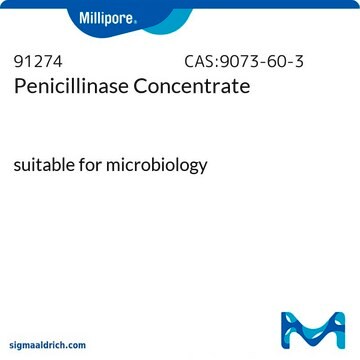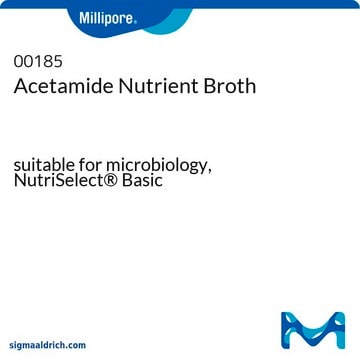A0637
DL-2-Aminoadipic acid
≥99% (TLC), powder, gliotoxic
Sinonimo/i:
DL-α-Aminoadipic acid
Scegli un formato
Scegli un formato
About This Item
Prodotti consigliati
Nome del prodotto
DL-2-Aminoadipic acid, ≥99%
Saggio
≥99%
Stato
powder
Punto di fusione
196-198 °C (lit.)
Temperatura di conservazione
2-8°C
Stringa SMILE
NC(CCCC(O)=O)C(O)=O
InChI
1S/C6H11NO4/c7-4(6(10)11)2-1-3-5(8)9/h4H,1-3,7H2,(H,8,9)(H,10,11)
OYIFNHCXNCRBQI-UHFFFAOYSA-N
Informazioni sul gene
rat ... Grin2b(24410)
Cerchi prodotti simili? Visita Guida al confronto tra prodotti
Applicazioni
Azioni biochim/fisiol
Avvertenze
Warning
Indicazioni di pericolo
Consigli di prudenza
Classi di pericolo
Skin Sens. 1
Codice della classe di stoccaggio
11 - Combustible Solids
Classe di pericolosità dell'acqua (WGK)
WGK 3
Punto d’infiammabilità (°F)
Not applicable
Punto d’infiammabilità (°C)
Not applicable
Scegli una delle versioni più recenti:
Possiedi già questo prodotto?
I documenti relativi ai prodotti acquistati recentemente sono disponibili nell’Archivio dei documenti.
I clienti hanno visto anche
Active Filters
Il team dei nostri ricercatori vanta grande esperienza in tutte le aree della ricerca quali Life Science, scienza dei materiali, sintesi chimica, cromatografia, discipline analitiche, ecc..
Contatta l'Assistenza Tecnica.












